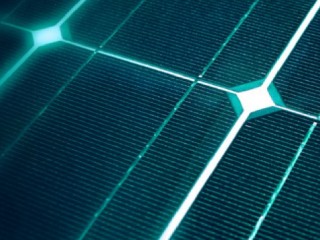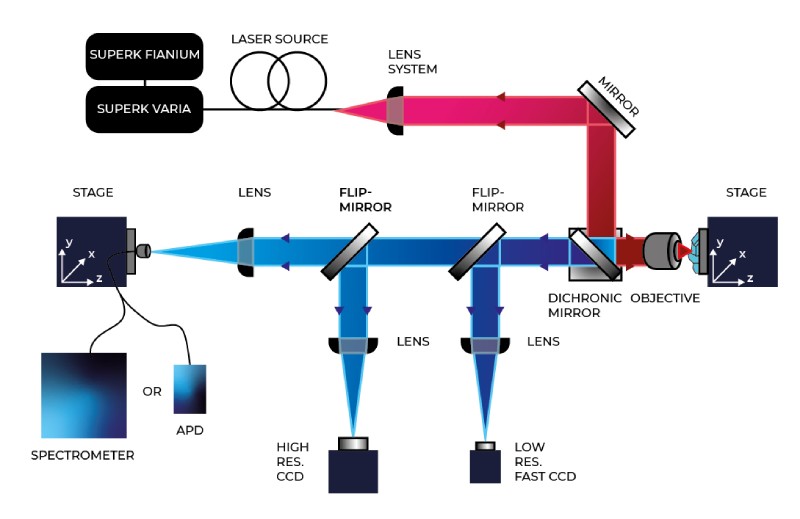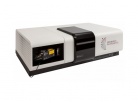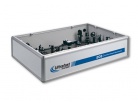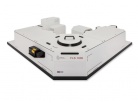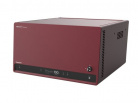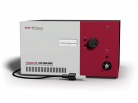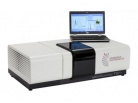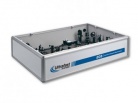Perovskites
Perovskites are a large class of materials with a crystal structure similar to a mineral called perovskite (CaTiO3). Their general chemical formula is ABX3, where A and B are cations and X is an anion. Perovskites therefore offer a large number of possible combinations of chemical compositions and are seen as a material for a new generation of solar cells.
A material for a new generation of solar cells
The conversion efficiency of solar energy into electrical energy in conventional solar cells based on crystalline silicon is typically around 20% (maximum value around 26%). The main reasons for the lower photovoltaic conversion efficiency are the loss of photons with energy less than the forbidden bandwidth of silicon (1.1 eV) and the thermalization of the photogenerated charge carriers. Due to transmission and thermal losses, only a part of the spectrum of sunlight is thus used. One of the most promising candidates for next-generation photovoltaics are perovskites, which can compete with existing silicon technology due to their unique properties. Although the efficiency of perovskite solar cells currently exceeds the 20% mark, continued intensive research into these materials is needed. Attention needs to be paid to their stability, defect passivation, choice of A, B and X components and optimization of fabrication.
Study of structural properties, absorption and luminescence mapping
It is important to know how efficiently perovskite crystals can absorb different wavelengths of the solar spectrum. Broad-spectrum supercontinuum lasers, combined with a suitable filtering module, have a sufficiently broad spectral output that is needed for materials research across the entire solar spectrum. NKT Photonics ' SuperK FIANIUM and SuperK EXTREME lasers, for example, provide picosecond pulses and a high-quality beam, enabling the investigation of optical properties with diffraction-limit resolution. They are suitable candidates not only for measuring absorption coefficient and refractive index, but also for studying relaxation and recombination processes using time-resolved spectroscopy techniques, as they can provide picosecond pulse sources at any wavelength in the visible and NIR spectrum.
The supercontinuum lasers can be very easily connected to the Edinburgh Instruments' FLS1000 TCSPC photoluminescence spectrometer to provide a complete luminescence laboratory within a single instrument. Full fluorescence maps provide important information regarding the quality of the materials under investigation (presence of defects, deposition level) and help to identify ongoing microscopic processes (quantum transitions, charge carrier recombination).
Measurement techniques:
- Lifetime measurements (time-resolved emission spectroscopy)
- Refractive index measurements
- Photoluminescence studies
- Determination of absorption coefficient
- Time-resolved absorption measurements (pump-probe spectroscopy)
- Hyperspectral imaging
- Charge carrier diffusion mapping
Application reports:
- Perovskite Photovoltaic Characterization
- Observing Phase Transitions in a Halide Perovskite Using Temperature Dependent Photoluminescence Spectroscopy
- Temperature-Dependent Absolute Photoluminescence Quantum Yield Measurements of a Halide Perovskite
- Photophysical Characterization of Perovskite Quantum Dots
